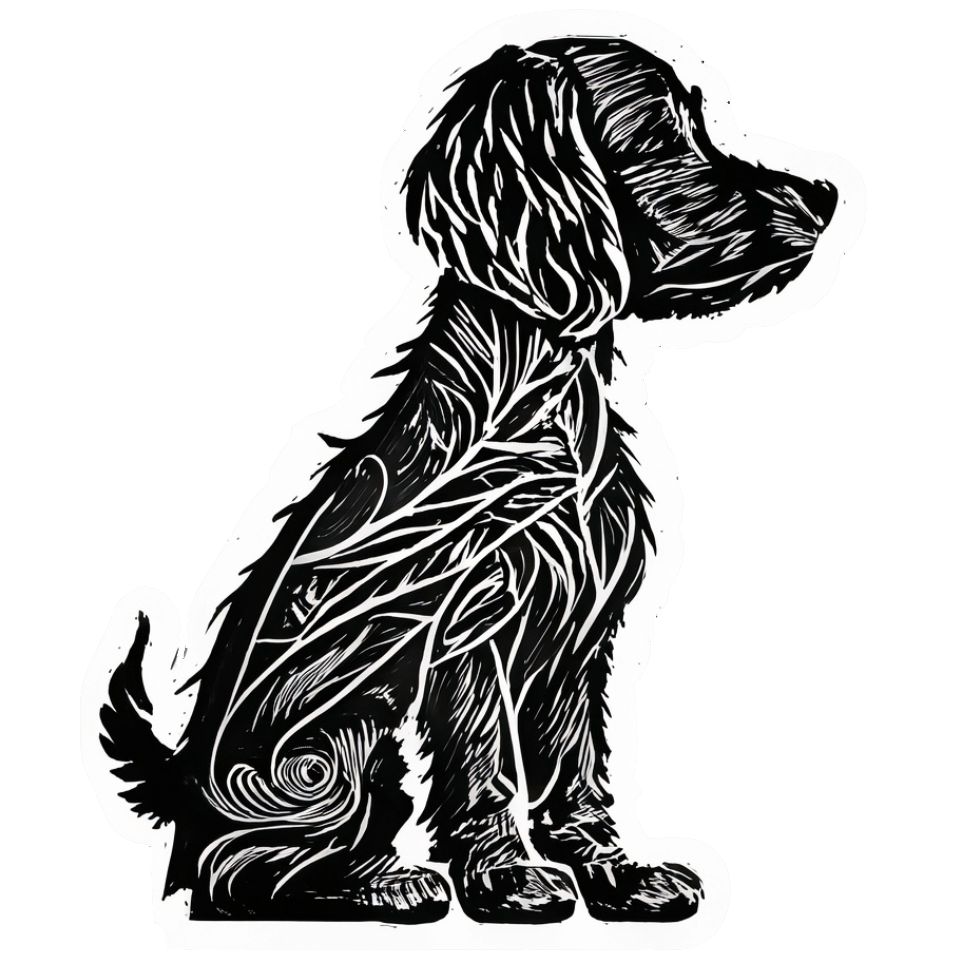A Deep Dive into the Canine Sensory World

Dogs have long been celebrated for their loyalty, intelligence, and companionship. But beneath their playful demeanor lies a suite of senses that are both fascinating and highly evolved. This article delves into the five primary senses of dogs, offering insights into how they perceive and interact with the world around them.
1. Sense of Smell
- Olfactory Prowess: A dog’s sense of smell is its most potent sensory organ. With up to 300 million olfactory receptors, compared to a human’s 6 million, dogs can detect scents at incredibly low concentrations.
- Applications: This acute sense aids in hunting, tracking, and even detecting certain medical conditions in humans.
2. Sense of Hearing
- Frequency Range: Dogs can hear frequencies ranging from 40 Hz to 60,000 Hz, allowing them to detect sounds well beyond human capabilities.
- Ear Anatomy: The unique shape of a dog’s ear, combined with 18 muscles, allows precise movement, aiding in pinpointing the source of sounds.
3. Sense of Sight
- Color Perception: Contrary to popular belief, dogs are not colorblind. They see the world in a spectrum of blue and yellow but lack receptors for red.
- Motion Sensitivity: Dogs excel in detecting movement, a trait rooted in their predatory ancestry.
- Night Vision: While not as developed as cats, dogs have more rod cells in their eyes than humans, enabling better vision in low light.
4. Sense of Taste
- Taste Buds: Dogs have around 1,700 taste buds, significantly fewer than humans. They can detect sweet, salty, sour, and bitter tastes.
- Dietary Preferences: While dogs are primarily carnivorous, their taste preferences have evolved due to domestication, leading to varied diets that can include fruits and vegetables.
5. Sense of Touch
- Tactile Sensitivity: Dogs have a highly developed sense of touch, with nerve endings distributed throughout their bodies.
- Whiskers: Also known as vibrissae, a dog’s whiskers are highly sensitive and can detect minute changes in airflow, helping them sense nearby objects even in the dark.
- Communication: Touch plays a crucial role in canine communication, from the nuzzle of a mother to her pup to the playful nudges between companions.
The Sixth Sense?
While not scientifically proven, many dog owners and trainers believe that dogs possess an uncanny ability to detect changes in weather, predict earthquakes, or sense human emotions. This “sixth sense” remains a topic of intrigue and speculation.
The sensory world of dogs is both intricate and impressive. Their heightened abilities not only aid in survival but also deepen the bond they share with humans. As we train, play with, and care for our dogs, understanding their senses allows us to appreciate the unique ways in which they experience the world.
